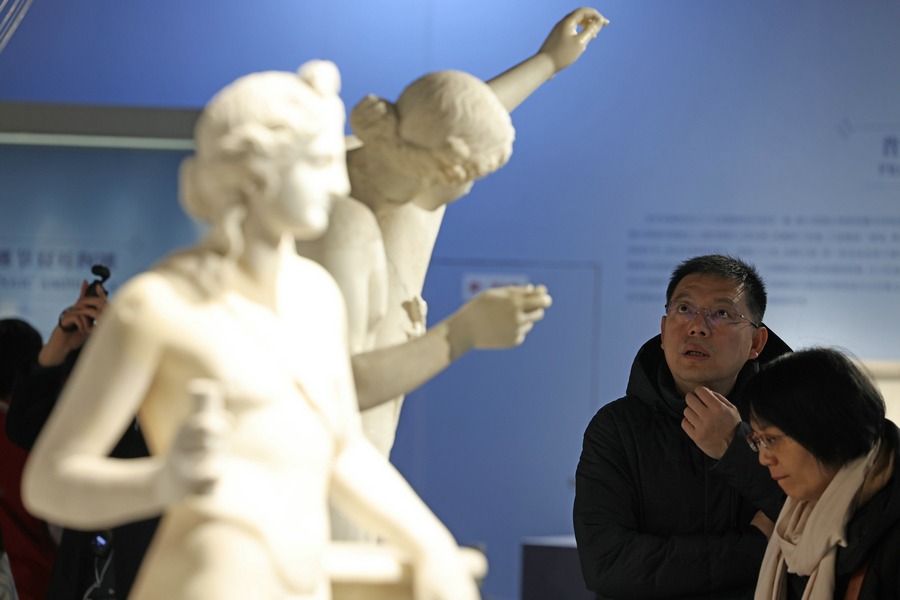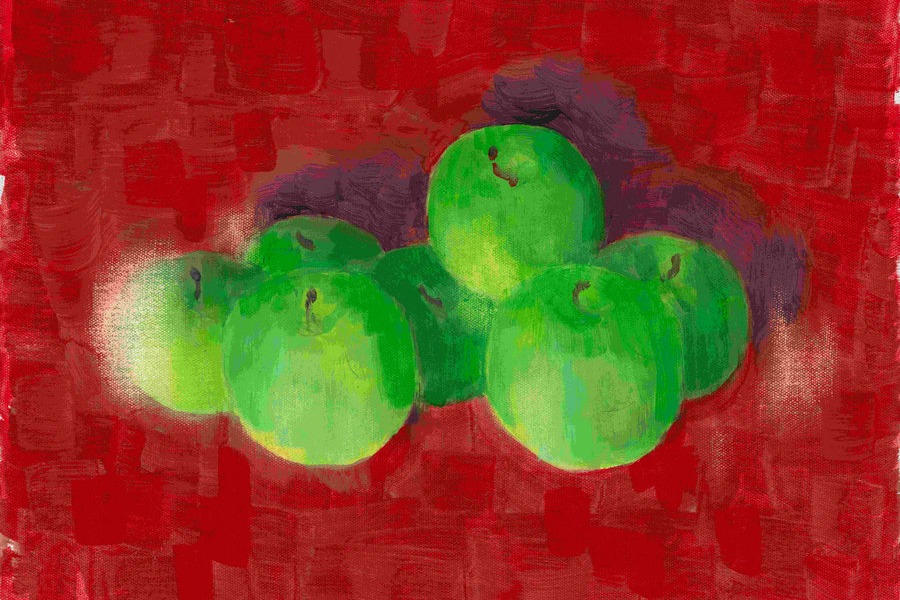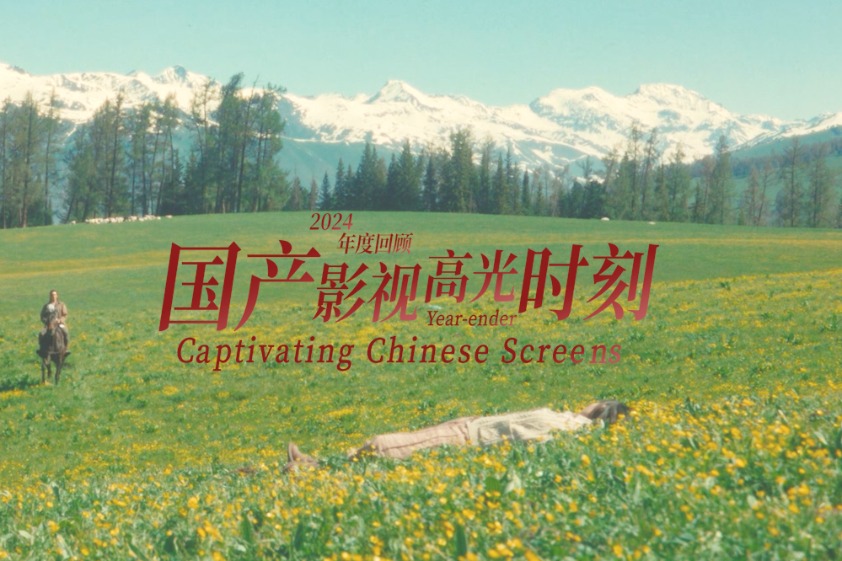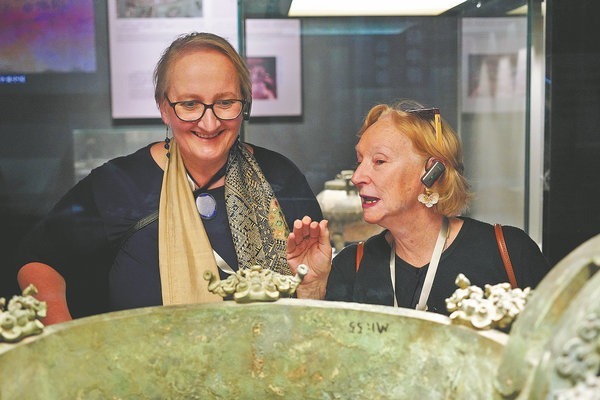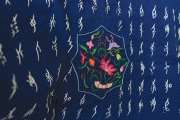Tanshishan relics prove pluralistic origin of Chinese civilization


Tanshishan is the earliest named archaeological culture on China's southeast coast and the first recognized in Fujian province, also the source of marine culture in Fujian and Taiwan during the pre-Qin period, before 221 BC In October 2021, the 100th anniversary of the birth of modern Chinese archaeology, the Tanshishan site was selected as one of China's Top 100 Archaeological Discoveries of the Century. It is the only one selected in Fujian province.
In a recent interview with China News Service, Dong Ping, curator of the Museum of Tanshishan Historical Relics, said that the excavation and research of Tanshishan cultural relics set a good example for prehistoric culture in Fujian because it pushed the history of Fujian civilization back from 3,000 years to 5,000 years ago, proving Su Bingqi's theory on the pluralistic origin of Chinese civilization.
CNS: The Tanshishan site was selected among China's Top 100 Archaeological Discoveries of the Century. What kind of prehistoric cultural sites is it?
Dong Ping: It is a site of cultural relics ranging from the Neolithic to the Bronze Age, discovered in 1954. It boasts an area of more than 30,000 square meters and well-preserved cultural artifacts.
So far, nearly 100 burials have been found, along with other cultural relics, such as pottery kilns, trenches, ash pit, and a large number of valuable cultural artifacts. Among them, as the Neolithic culture contained in these artifacts has local characteristics, the archaeological community has named it Tanshishan culture, distributed mainly in the lower reaches of the Minjiang River and Fujina's eastern coastal areas.
Five thousand years ago, the ancestors of the Tanshishan culture, centered on the lower reaches of the Minjiang River, broke through brambles and thorns to reclaim the wasteland; picked shells from the seashore; hunted deer in the mountains and forests; farmed and grazed; made pottery and weaving; and strived for a new home, creating the first of the humanistic lineage of Min districts. Moreover, with the expanded exploration of the ocean, its people traveled cross-strait, thus becoming one of the important origins of the Austronesian cultures.
In 2001, The site was approved by the State Council among the fifth group of national key sites for protecting cultural relics. As for the history of archaeological development in Fujian, the excavation of the Tanshishan site opened the first chapter of archaeology in Fujian in the New China. It is the Fujian prehistoric site with the largest excavated area and number of relics.





















